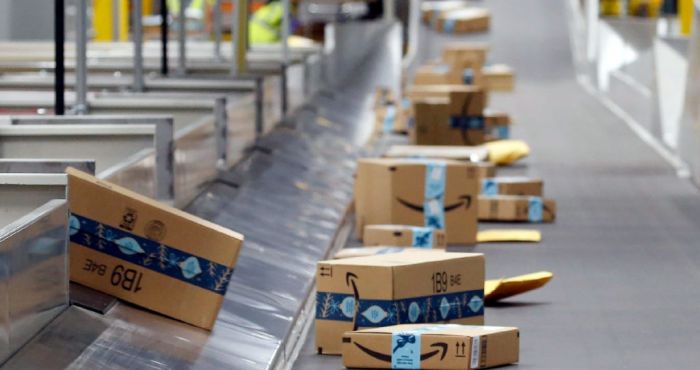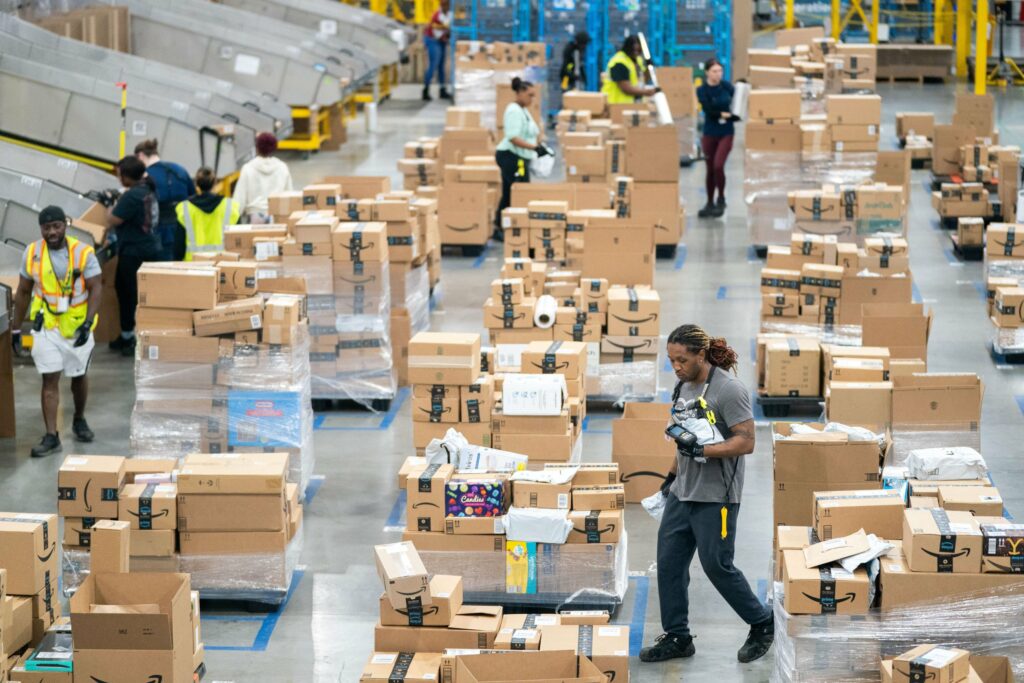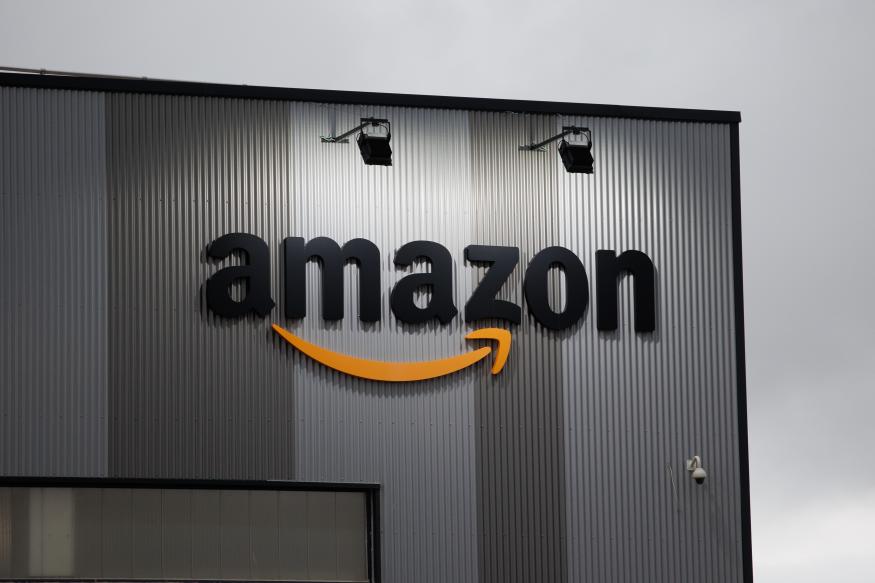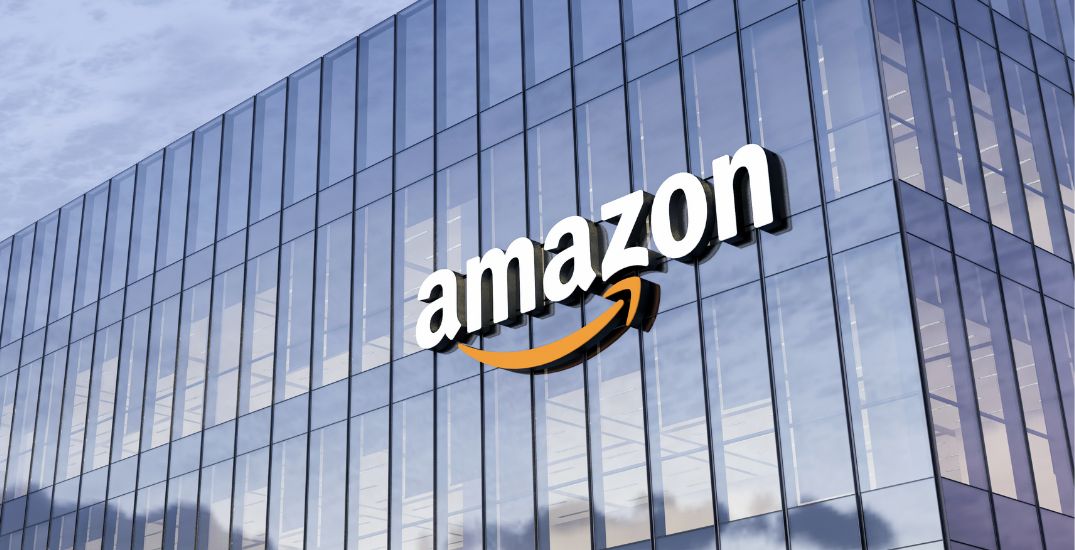The job-cutting spree sweeping US tech firms has accelerated, with Amazon expanding staff-cutting plans to affect more than 18,000 employees and software maker Salesforce announcing 8,000 layoffs.
Amazon’s layoffs are the most significant by a major technology company in the last year, as well as the largest in the company’s history. The online retailer’s chief executive cited “the uncertain economy” for the move and said Amazon had “hired rapidly over the last several years”.
The latest layoffs come on the heels of a wave of layoffs at tech companies in recent months, including 11,000 at Mark Zuckerberg’s Meta, up to 6,000 at computer maker HP, 3,750 at Twitter, and 1,300 at the company behind Snapchat.

“Between the reductions we made in November and the ones we’re sharing today, we plan to eliminate just over 18,000 roles,” said Amazon CEO Andrew Jassy in a note to employees. Amazon announced plans to eliminate 10,000 jobs in November.
Amazon, according to Jassy, has previously weathered “difficult economies” and will continue to do so in the future. “With a stronger cost structure, we will be able to pursue our long-term opportunities.”
He stated that the layoffs would primarily affect the company’s physical stores, including Amazon Fresh and Amazon Go, as well as its PXT organizations, which handle human resources and other functions.

He did not say where the affected roles were located, but he did say Amazon would start communicating with employees “or, where applicable in Europe, with employee representative bodies” on January 18.
The job cuts are a sharp reversal for the retailer, which recently doubled its basic pay ceiling in order to compete more aggressively for talent.

The layoffs represent 6% of Amazon’s corporate workforce of approximately 300,000 people, or approximately 1.2% of the company’s global workforce of more than 1.5 million people.
Amazon also announced this week it had taken out a $8bn (£6.6bn) unsecured loan for “general corporate purposes”. In the midst of a “uncertain macroeconomic environment,” the company said it has used various financing options in recent months.
Jassy informed employees in November that layoffs were on the way due to the economic climate and the company’s rapid hiring in recent years. Wednesday’s announcement included previously unnumbered job cuts. The Seattle-based company had also offered voluntary buyouts and cut costs in other areas of its vast operation.
Meanwhile, Salesforce announced the layoff of approximately 8,000 employees, or 10% of its workforce.
The layoffs announced on Wednesday are by far the largest in the company’s 23-year history, founded by former Oracle executive Marc Benioff. He pioneered the method of leasing software services to internet-connected devices – a concept now known as “cloud computing”.
The layoffs follow a reorganization in Salesforce’s upper management. Bret Taylor, Benioff’s handpicked co-CEO who was also Twitter’s chair at the time of its tortuous $44 billion sale to billionaire Elon Musk, recently left Salesforce. Stewart Butterfield, Slack’s co-founder, left shortly after. Salesforce paid nearly $28 billion for Slack two years ago.

According to the company, employees who lose their jobs will receive nearly five months of pay, health insurance, career resources, and other benefits. Amazon also stated that it would provide a separation payment, transitional health insurance benefits, and job placement assistance.
In a letter to employees, Benioff, now the sole CEO of Salesforce, blamed himself for the layoffs after continuing to hire aggressively during the pandemic, with millions of Americans working from home and demand for the company’s technology surging.
“As our revenue increased due to the pandemic, we hired too many people, which contributed to the economic downturn we’re now experiencing, and I accept responsibility for that,” Benioff wrote.

Salesforce had approximately 49,000 employees in January 2020, just before the pandemic. Salesforce’s workforce is still 50% larger than it was prior to the pandemic.
Mark Zuckerberg, the CEO of Meta Platforms, also admitted that he misread the revenue gains that Meta, the parent company of Facebook and Instagram, was reaping during the pandemic when he announced in November that his company would lay off 11,000 employees, or 13% of its workforce.
Tesla shares have also fallen in the last year due to a combination of factors, including concerns about demand from the Covid-affected Chinese market and Elon Musk’s distraction by his $44 billion acquisition of Twitter.
Concerns about the impact of the Chinese Covid outbreak on Apple’s supply chain have also weighed on the company’s stock, with its market capitalisation falling below $2 trillion at one point this week.
Download The Radiant App To Start Watching!
Web: Watch Now
LGTV™: Download
ROKU™: Download
XBox™: Download
Samsung TV™: Download
Amazon Fire TV™: Download
Android TV™: Download

